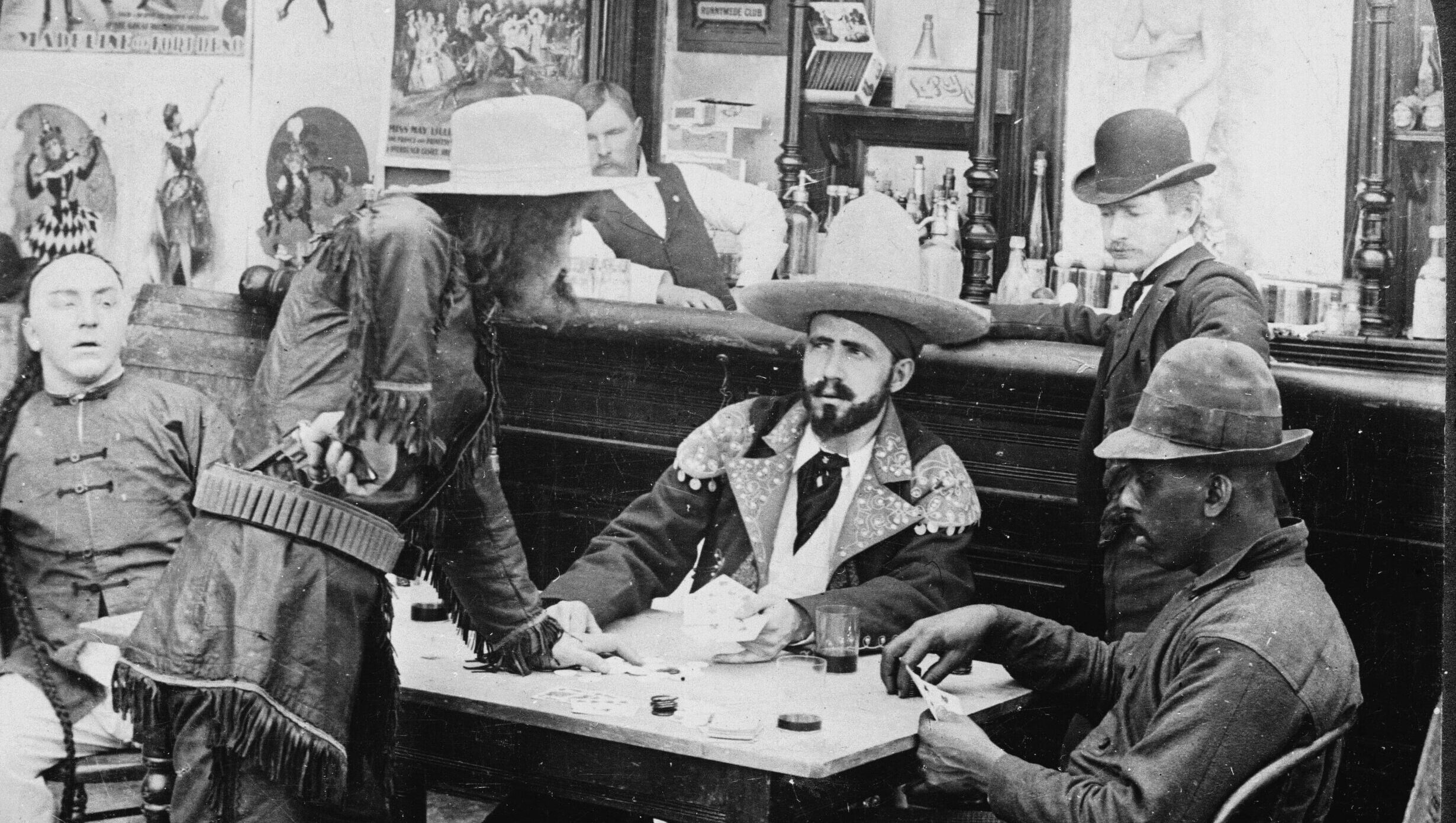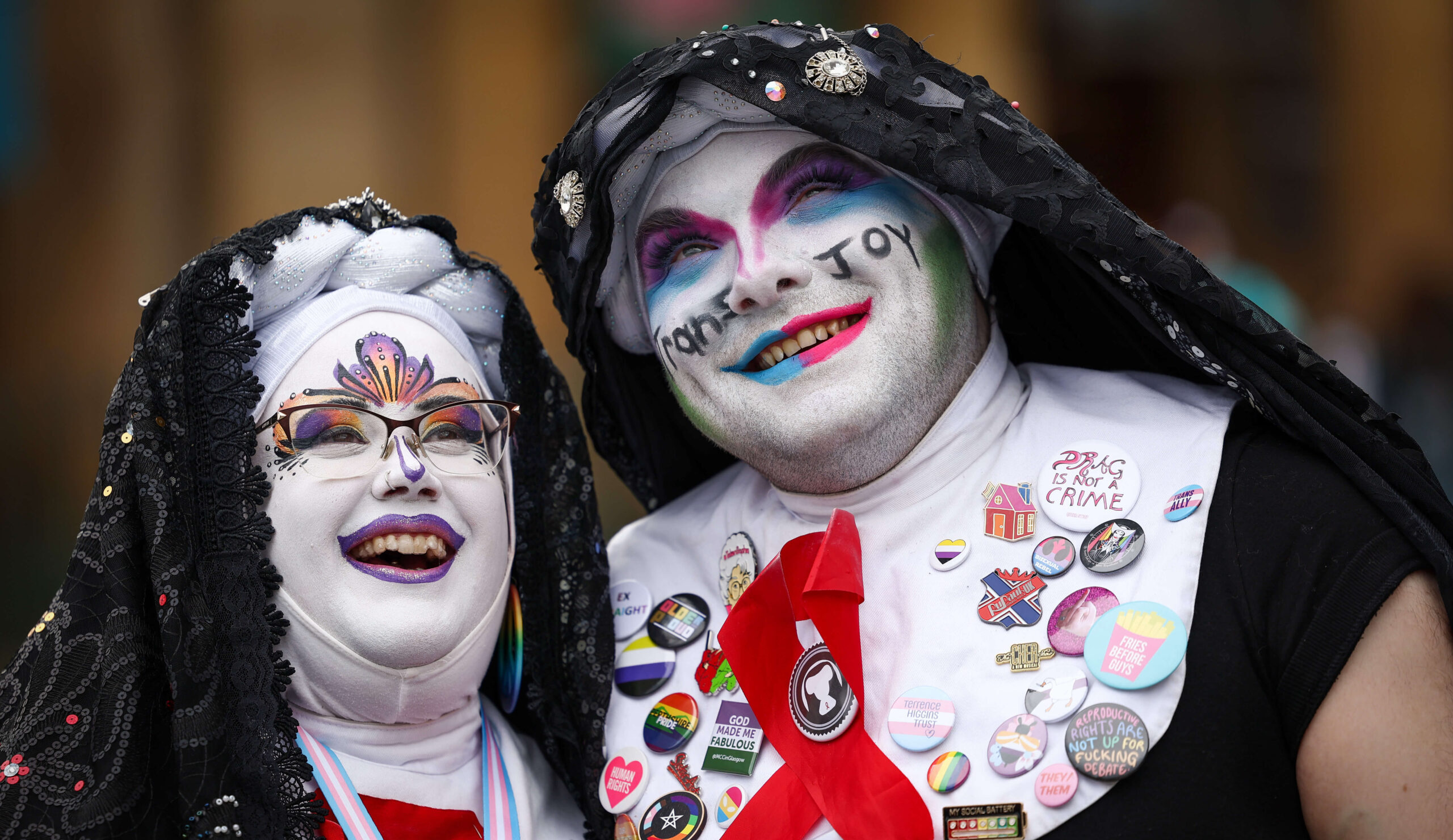The Age of Innocence (1993)
Directed by Martin Scorsese
Adapted for the screen by Jay Cocks and Martin Scorsese
It seems incongruous that Martin Scorsese would ever have brought Edith Wharton’s fiction to the screen. But that’s what he did in 1993 with The Age of Innocence, now available in a newly restored digital master from the Criterion Collection.
The writer Janet Flanner once said Wharton’s characters, the denizens of “Old New York” in the 1870s, were “patrons of Protestant church and Catholic grand opera as the two highest forms of public worship.” Right away we can discern the sociological interest and potential for high drama that go into the making of any Scorsese film. Not to mention this is a story of the Big Apple, always a Scorsese favorite. From Gangs of New York to this gang of New York is no impossible reach.
The movie begins with gauzy time-lapse photography of blooming flowers. Segue to a soprano bathed in footlights serenading her lover and plucking a flower from the collection of daisies that decorates the stage. Then up to the balcony for a close-up of the gardenia on Daniel Day-Lewis’s lapel.
More close-ups follow, itemizing this world of refinement with a specificity that is almost anthropological: men’s watch fobs, women’s enormous pendant earrings, the view through the lens of an audience member’s opera glasses. All is gaslight and pageantry and romance. Not only does this hit us in the face with how far uptown we are from the “mean streets”; it also happens to capture exactly the intentions of the novelist. Edith Wharton wrote The Age of Innocence in 1920 to summon a vanished era, the Gilded Age of her youth, with its luxury, social castes, and rigid codes of behavior.
Convention is practically a character in the movie. The earnest young protagonist, Newland Archer (Day-Lewis), a Wall Street lawyer with a taste for the arts, sits in the darkened theater box trying to lose himself in the sublime scene between Marguerite and Faust. He scowls at overhearing his companions gossiping about a woman sitting in the balcony opposite, Countess Ellen Olenska (Michelle Pfeiffer), a prodigal daughter returned home from Europe. He takes it upon himself to defend his former schoolmate against the disapproval of their social circle. She has fled the Continent to escape her husband, a Polish count, and is seeking solace with the Wellands, who are her cousins, and with her grandmother, the family’s matriarch (played by Miriam Margolyes). More shockingly, she wants to petition the adulterous, abusive, and mercenary count for a divorce.
May Welland (Winona Ryder) is the respectable maiden to whom Newland Archer is engaged to be married. She admires her fiancé and his widowed mother (Siân Phillips) for being the only ones who will stand by her unconventional and unfortunate cousin Ellen, who, after all, is one of their own.
The challenge of chronicling the ways of high society WASPs is to make the concerns of these stuffy rich people matter to us. Scorsese, and Jay Cocks, with whom the director collaborated on the screenplay, have said that what impressed them about Wharton’s characters was how human they were beneath all the punctilio. Their sumptuous drawing rooms, winter balls, and stately habits don’t make these “Old New Yorkers” any less ruthless in enforcing their social rules than the plug-uglies and wise guys of other Scorsese films.
Cocks was deft in assembling the dialogue and buttressing the action with Wharton’s authorial descriptions, which come to us in a voiceover delivered by Joanne Woodward. Sounding (to these ears, anyway) just like the novelist herself must have sounded, Woodward describes how these mannerly people deal with the unpleasant realities of life:
They all lived in a kind of hieroglyphic world. The real thing was never said or done or even thought, but only represented by a set of arbitrary signs. Archer knew these signs. They were not subtle, and were not meant to be. They were more than a simple snubbing; they were an eradication. There was a single court of appeal: He would appeal their case before the Van der Luydens.
Even as we admire the moral decency and spine of the Archers—these virtues are part of what “Old New York” stands for, too, not just propriety—we can see Newland start to doubt that he should marry May. Day-Lewis, with his total expressiveness, makes his awkward state so clear as to be at this point rather comical. And Pfeiffer, keeping up with him, offers a grin and a chaste handshake as if to say: scout’s honor, not trying to be distracting.
Archer has “appeal[ed] their case” to an elderly couple from the oldest, most prestigious family in the city. He persuades them to host a reception in Ellen Olenska’s honor so all can see she is an upstanding citizen and should not be ostracized. By now the comedy has worn off, and we start to feel this man’s dilemma along with him: Is he doing good by helping his betrothed’s cousin in this way? Or is his good deed tainted by the attraction he feels for her? He’s unsure, too, whether to credit the whispers that reach him about the bohemian life that Ellen is said to lead as a de facto single woman. Day-Lewis and Pfeiffer make full use of the layers of decorum that envelop their every movement—the emotion and the desire are only enhanced by all the restraint. This woman, as energized by art, music, and ideas as he is (unlike his beautiful but philistine fiancée), is the love of his life.
Modern Americans assume that two people so drawn to each other would elope and leave little Miss Welland in the lurch. That this doesn’t happen can hardly be credible to us. Even Wharton’s readers in 1920 would likely have found the double renunciation of Newland and Ellen a bit much. But Wharton has built in a catch, or in fact more than one: Ellen is grateful to the Archers for standing by her and wants to emulate their adherence to what is good and right in the face of contrary public opinion. The Newland Archer who is her role model wouldn’t drop one woman (her innocent cousin) for another and remain her role model. On a less lofty but more poignant level: if she ran off with Archer, she would forfeit the peace of mind she has gained by reattaching herself to her home and her people; stealing May’s intended husband would turn her into the Jezebel many of them had suspected her of being.
Nearly all the novel’s moral intricacy is preserved in the film, which for my money makes the latter’s occasional descent into melodrama tolerable—as does the compelling acting of Pfeiffer, Day-Lewis, and Ryder. The communication between Day-Lewis and Ryder, verbal and nonverbal, exerts a kind of terrible fascination: they spend most of the movie subtly lying to one another. After their wedding goes off as planned, the family matriarch and all the others circle the wagons around May Welland Archer and frown upon any contemplated waywardness by her husband. He, a believer in Ellen’s right—any woman’s right—to divorce a bad husband, looks miserable; she, a woman who would never let such thoughts as that cross her mind, looks quietly victorious.
In what are the practices and values of Old New York supposed to be grounded? Wharton’s version of what Henry James, her friend and mentor, called “the Puritan residuum” looks pretty attenuated. On the other hand, she isn’t so entirely post-Protestant as to leave her characters with nothing to believe in. Ellen had been given a bad start in life, as the matriarch says in the movie, getting dragged about Europe by her expatriate American parents, “Continental wanderers [who] lavished on her an expensive and incoherent education.” What she gives Newland is an outsider’s critique of his little world that he finds refreshing. What he gives her is an example of kindness and loyalty that her hard life had taught her to believe did not exist.
Scorsese and Cocks, hewing closely to the original, do not omit these redemptive hints. They make the movie’s final third into a flash-forward, and it adds as much sweetness as sorrow to the depiction of the life of a quiet and cultured Wall Street lawyer who knuckled under. He lost his great love but finds consolation in his children. “Newland Archer in his fifty-seventh year,” we are told, “mourned his past and honored it.”
In sympathizing with the story’s nonconformists, as they should, viewers might take this tale as a demonstration that “conformity to the discipline of a small society” is all bad. That would be too easy, though.
There is convention, which hems people in, but there is also change, the inevitable result of the passage of time. A gray-haired and widowered Day-Lewis makes his way to Europe with his son (played by Robert Sean Leonard) and considers, at his son’s urging, visiting Countess Olenska in her apartment in Paris. The young man would like to bring Cousin Ellen back into the fold, along with others in the story who have been (with greater justification) judged harshly by Old New York. His mother told him of the sacrifice Ellen made out of respect for the institution of marriage; it has earned the young man’s esteem, and ours. The critic R. W. B. Lewis called The Age of Innocence a “shrewdly ambivalent survey” of the world of Wharton’s youth. The next generation, we see in the movie, would give a positive and forgiving turn to that ambivalence.
But there’s one last turn in store. It puts in question the thought that time heals all wounds. The focus is on the fifty-seven-year-old Archer: He sits and looks to the upper floors of a Paris apartment building. Flashes of light and memory come to him. I won’t fully describe the special effect used to produce this climax but will only say that the moment is charged with an intense mixture of sights and emotions: beauty, the joy of responsiveness to it, regret, loss.
This perfectly realized ending is but one thing about The Age of Innocence that makes it just as vivid a cinematic statement as the more typical Scorsese films. The added distinction is that it belongs with Doctor Zhivago, To Kill a Mockingbird, The Prime of Miss Jean Brodie, The Remains of the Day, John Huston’s Moby Dick, and The Godfather in the ranks of the best literary adaptations Hollywood has ever produced.♦
Lauren Weiner is associate editor of Law and Liberty.














